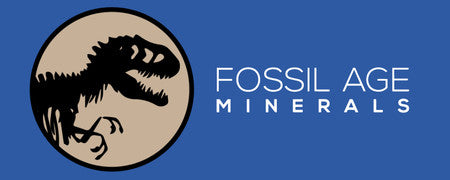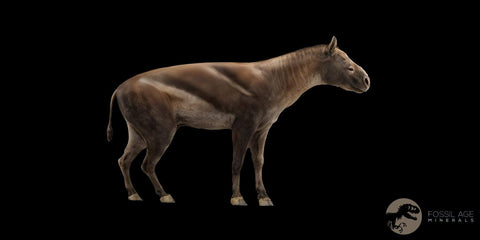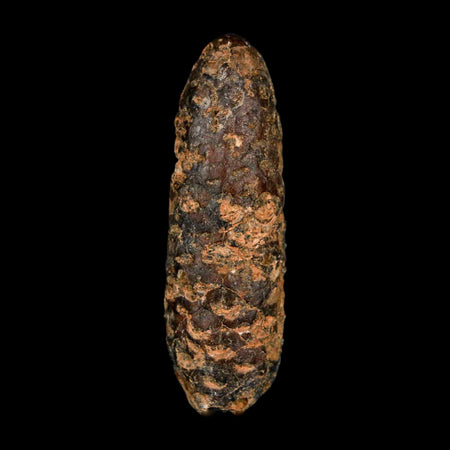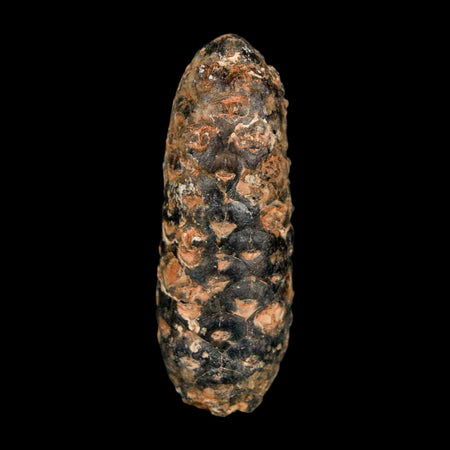10.9" Running Rhino Hyracodon Nebrascensis Fossil Jaw Skull Teeth SD Badlands COA
Location: South Dakota, White River Formation, Pennington County
Weight: 7 Pounds 13 Ounces
Dimensions: 10.9 Inches Long, 6.9 Inches Wide, 6 Inches Thick (Matrix)
Comes with a Certificate of Authenticity.
Item Pictured Is the one you will receive.
34-23 Million Years Old Oligocene Period
Trade in raw fossil “Rhinoceros” ivory is illegal in CA, HI, IL, NJ, NV and NY
Running Rhino Hyracodon Nebrascensis species of rhinoceros that lived during the Oligocene epoch, approximately 34 to 23 million years ago. It is known for its long legs and relatively small size, which suggests that it was adapted for running. The species is primarily known from fossils found in Nebraska and South Dakota, but it may have also inhabited other parts of North America.
Hyracodon Nebrascensis was first described by paleontologist Joseph Leidy in 1856, based on a partial skull and other skeletal fragments. Since then, numerous additional specimens have been discovered and studied, shedding light on the anatomy, behavior, and evolutionary relationships of this species. Studies suggest that Hyracodon Nebrascensis was a member of the family Rhinocerotidae, which includes all living rhinoceroses as well as many extinct species.
The long legs of Hyracodon Nebrascensis are one of its most distinctive features. These legs would have allowed the animal to run quickly over open terrain, perhaps to escape predators or to chase down prey. Other adaptations for running include a relatively narrow body and elongated metapodials (bones in the feet), which would have provided greater leverage for running. However, Hyracodon Nebrascensis likely still had some ability to browse on vegetation, as suggested by its teeth and jaw structure.
Overall, Hyracodon Nebrascensis provides important insights into the evolution of rhinoceroses and their adaptations to different ecological niches. Its unique morphology suggests that it was a specialized runner, adapted for life on the open plains of ancient North America.




























